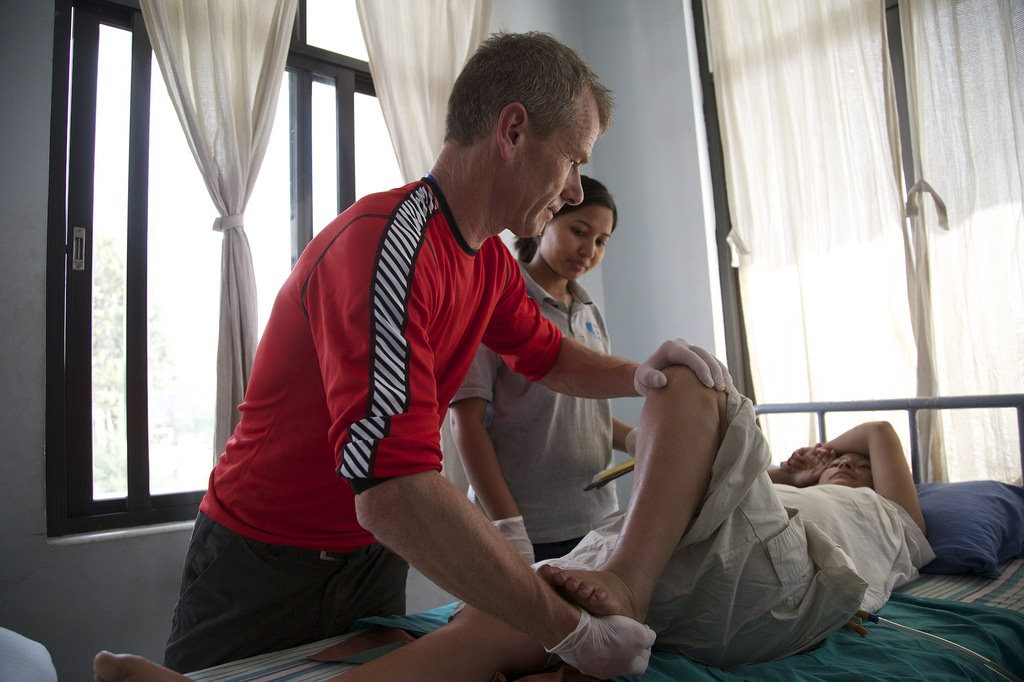
If you’re an athlete or just the physically active weekend warrior, you know how important it is to keep up with your training. Injuries or lingering pain can definitely set you back from achieving your goals. This is why it’s important to not only train correctly but train smart. How do you know if you are training smart? Is there a secret to remaining injury-free? The answer is sadly no. However, there are proactive things you can do to decrease your risk of injury. These training tips from athletic trainers at OSR Physical Therapy can still aid you in training correctly, training smart, and training your best.
#1 Train Your Body To Move Correctly
Jason Kopp has been athletic trainer for five years, four of which has been spent at OSR Physical Therapy mainly working with runners. “If you want to continue running into your later years without breaking down, you need correct running form,” Kopp says. However, this doesn’t just apply to runners, but anyone who runs or trains:
“If you’re doing an exercise incorrectly, you can injure yourself. You need to isolate muscle groups to strengthen to help prevent those injuries,” suggests Kopp.
#2 Educate Yourself Well
You need to make sure you’re not only training correctly, but learning what exercises are best for you. Furthermore, it’s important to understand why says athletic trainer Abby Johnson. “Making sure you’re staying in shape in the right ways and not overloading or over-training yourself too much will help in preventing injures,” she says. Education includes finding the right exercises and training programs and also listening to your body’s cues to slow down or stop.
#3 Know Your Weaknesses And Strengthen The Right Muscles
The only way to know your risk of injury is to know your weaknesses. Once you know those weaknesses, strengthening them will help ensure that the muscles are able to support the body, says Kyle McCuskey. Knowing the biomechanics of the legs are important to knowing what muscles to strengthen. Athletic trainers are trained to look for those weaknesses, which is why enlisting the help of an AT is good practice for training your best.
#4 Listen To Your Body
This is an extremely difficult thing to do and it’s not intuitive for everyone, says Nate Tellers, the Director of Athletic Training Services for OSR. “To know the difference between hurt and injury isn’t intuitive for everybody, which is why seeking help is always a good idea,” he says. However, the more an athlete is in tuned with his or her body, the better able they are to differentiate soreness pain from pain that could cause an injury. Listening to your body to figure out whether there’s an underlying reason for pain as opposed to simple soreness will help in determining whether you need to take a break or slow down or just push on through. There are some outward signs, however, that can help, including swelling and redness around the painful area as well as tenderness.
OSR Athletic Trainers
OSR Physical Therapy has athletic trainers that work with schools, clubs, and sports organizations. From injury prevention to injury coverage, we can help your athletes train their best and train smart. Our athletic trainers are also available for all the physically active to help you achieve your training goals. Contact us today to get a free evaluation by our physical therapists and athletic trainers.


